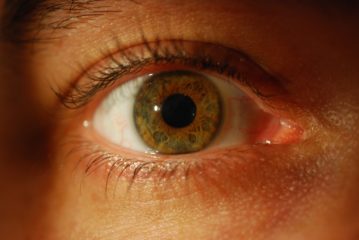A few years ago, we were invited to ride with a sled dog team. We agreed immediately and soon found ourselves on a small sled behind an excited, barking team of four. I can remember how blue the Canadian skies were that day and in front of us lay miles of white tundra between snow-capped mountain ranges. I was bundled in blankets on the sled and my husband stood on the back of the sled, prepared to throw the brake if needed. When given the signal by the trainers, we released our sled anchor, and our eager team took off into the blinding snow for a thrilling 30-minute ride at speeds that seemed to exceed anything that I would have imagined possible from our four-legged companions.
When we returned to the camp, the trainers helped us release the dogs from the harness and we offered the happy dogs treat after treat. It was at the point that I noticed that something odd about our lead dog, Franklin. He played and ran just as his teammates did but when he paused for a moment, I noticed that his pupils were wide and dilated and he didn’t focus on my eyes when he looked at my face. Not mentioning that I was veterinary ophthalmologist, I asked his trainer simply, “What’s up with our dog’s eyes?” “Franklin? Oh, he’s been completely blind for 5 years.”
The Lead Dog. Not one of the three dog that followed the cues of a leader. The lead dog trusted implicitly by his trainers and tourists alike. I smiled in awe and threw him a few more treats.


